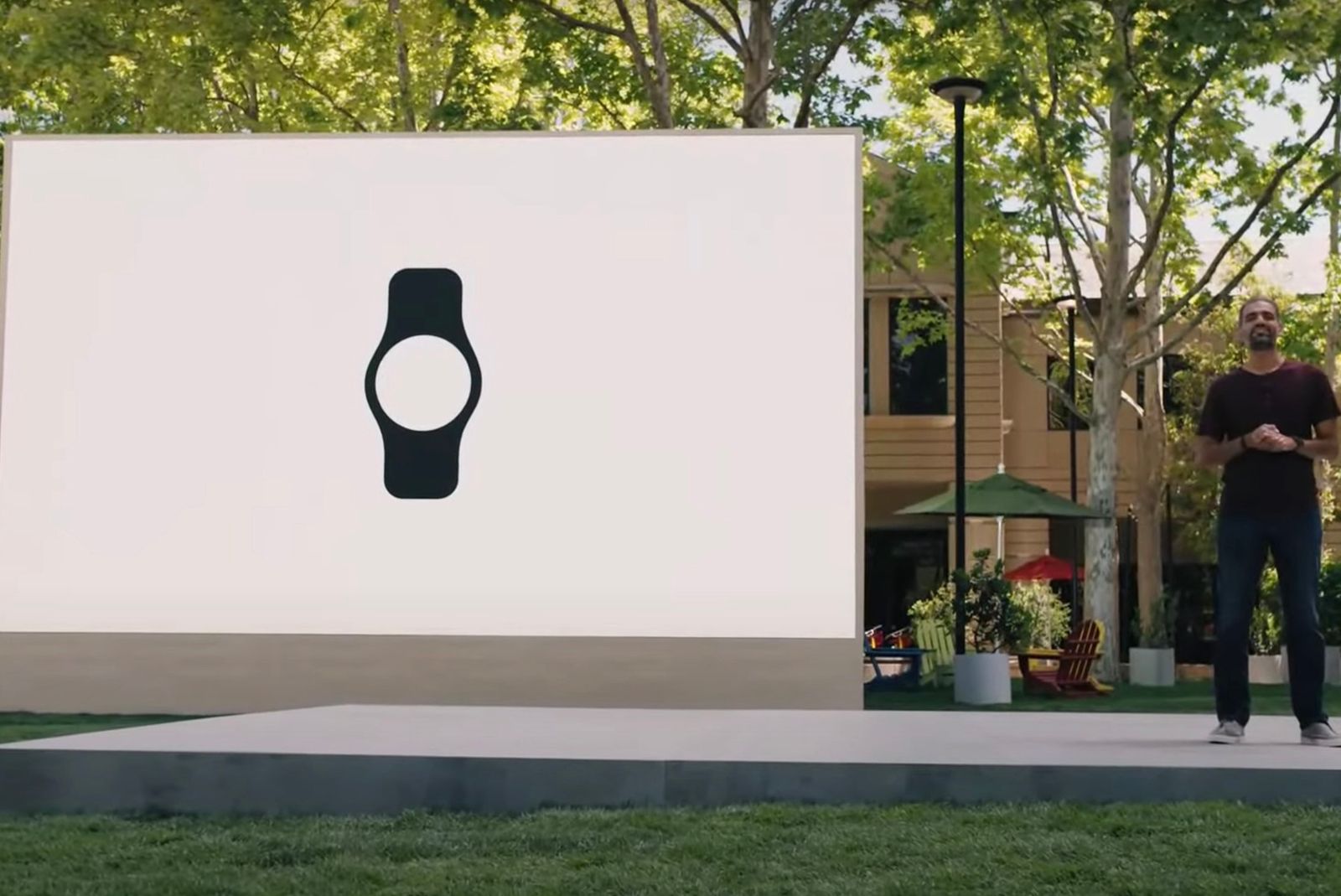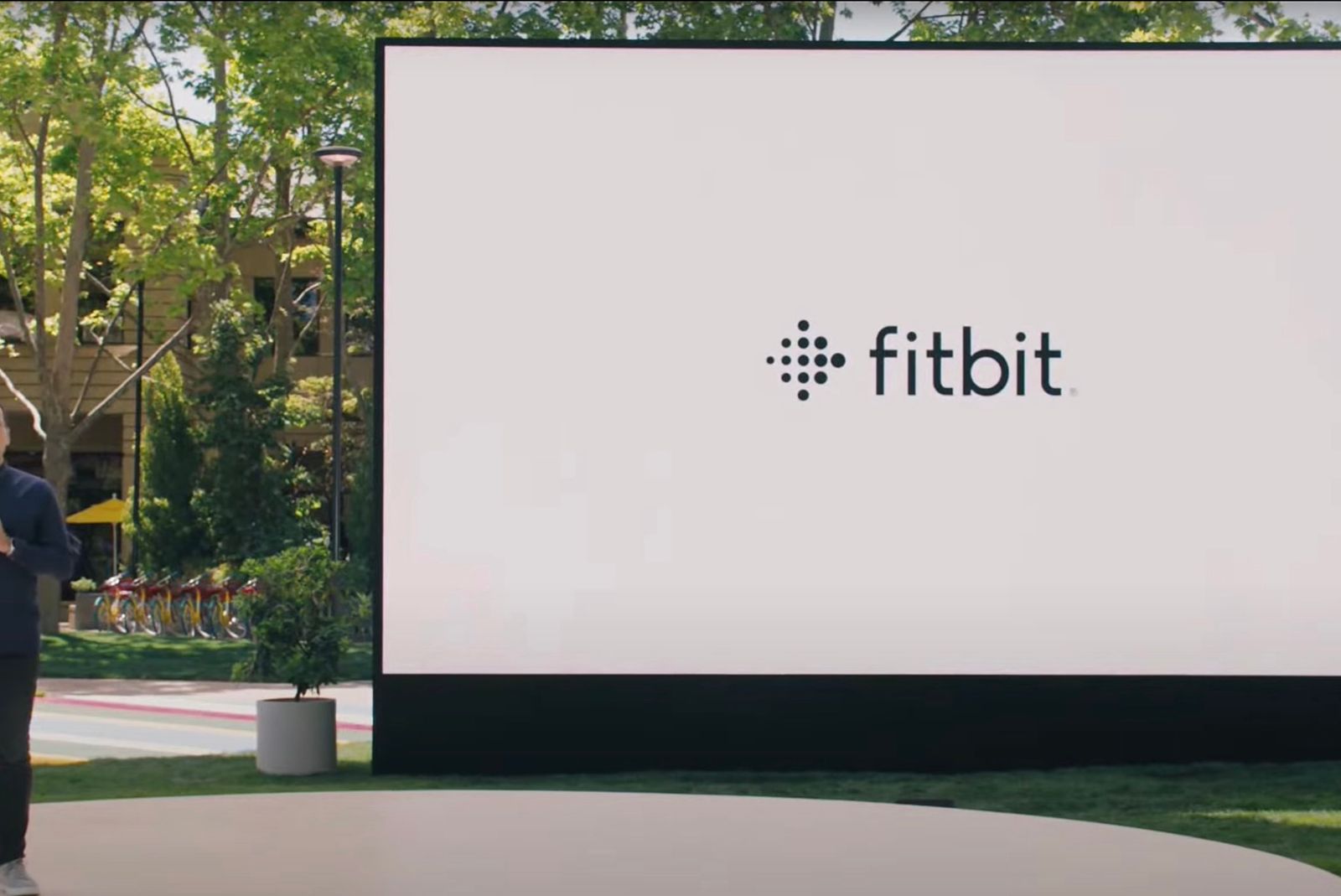While at I/O 2021, Google took the stage to discuss what it believes is the next evolution of mobile computing: The smartwatch.
In an eight-minute presentation, it outlined the biggest update to Wear OS ever, describing it as a "unified platform" made possible thanks to a new partnership with Samsung, which is effectively ditching its own Tizen OS to help Google build out Wear OS for future smartwatches.
What's new in Wear OS?
Google said it focused on three key areas when working on its latest update to Wear OS. These are:
- Wear OS x Tizen: Building a unified platform with Samsung and making it easier for developers to build apps
- New features and design: Creating a whole new consumer experience, including updates to Google apps
- Fitbit integration: Delivering a 'world-class health and fitness service' via Google's latest acquisition, Fitbit
Wear OS x Tizen
Google led its presentation about the new Wear OS by first talking about its partnership with Samsung, which it has a long history of collaborating with since the early days of Android. Now, they're combining their two wearable operating systems, Wear OS and Tizen, into a unified platform. Google said the new operating system will be focused on "faster performance, longer battery life, and a thriving developer community".
So, Wear OS should be faster and less power-intensive. More specifically, apps start up to 30 per cent faster, and animations and transitions are now "super smooth". Google said it also "took advantage of smaller lower power cores" so that Wear OS could run the heart rate sensor continuously and let you better track your activity during the day or your sleep overnight, all while saving enough battery for you to use the next day.
Finally, by combining Wear OS and Tizen, Google said developers will be able to build new apps for the Google Play Store with a single set of APIs. Users will, of course, also be able to enjoy Google apps and services like Google Maps - including on "the next Samsung Galaxy watch", Google teased.
New features and design
Google said it's learned a lot about wearables over the last seven years since Wear OS debuted, and with that in mind, it built a new experience.
Streamlined navigation system
Now, no matter what you're doing, Google said you will be able to access shortcuts to important functions and instantly switch to another app. Let's say you're running with Strava, you can just double press to switch to the last app, Spotify, to put on a new song, and then you can switch right back.
Glanceable information and more Tiles
One of the benefits of using a watch over a phone is that it serves up helpful, glanceable information that's just a swipe away on a watch face.
So, Google is doubling down on that, by expanding its collection of Tiles. Thanks to the new Tiles API, any developer can now create a Tile, giving people many more ways to customise their home screen carousel. It said you could check your next meeting, the weather, and then load the Calm Tile to relax.
Material design and expanded capabilities
Finally, Google has been revamping the wearables app experience via Material Design and expanded capabilities, starting with apps from Google.
This includes things like turn-by-turn navigation in Google Maps when you leave your phone behind, being able to use Google pay in 37 countries, or downloading music for offline listening in the YouTube Music app, even without your phone.
Fitbit integration
Last but not least, Google welcomed the newest member of the family to Wear: Fitbit. Health and fitness are core functions for modern wearables, and Fitbit is world-renowned for its fitness tracking system. Since Google acquired Fitbit, it only makes sense to bring the best of Fitbit to Wear OS and vice versa.
Google said it plans to integrate Fitbit's most popular features available into Wear OS watches, including the ability to track your health throughout the day. In the future, Fitbit will even build "premium smartwatches based on Wear" that combine its health expertise with Google's ambient computing capabilities.
When will the new Wear OS be available?
Google said we could expect these "updates" to Wear OS to start rolling out in fall/autumn 2021.
Want to know more?
Check out Google's blog post on the new Wear OS for more details. You can also watch Google I/O 2021 above - the Wear OS section starts at 1:29:00.


